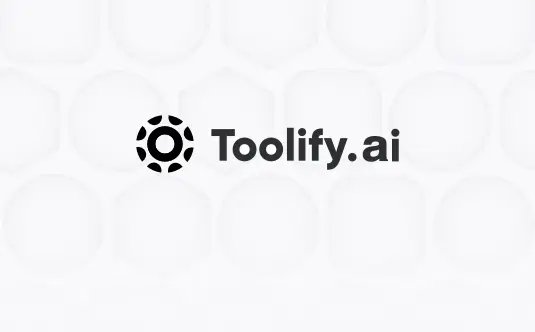
flair / ner-dutch-large
Model's Last Updated: May 08 2021
token-classification
Introduction of ner-dutch-large
Runs of flair ner-dutch-large on huggingface.co
6.5K
Total runs
208
24-hour runs
439
3-day runs
627
7-day runs
136
30-day runs
More Information About ner-dutch-large huggingface.co Model
Url of ner-dutch-large
ner-dutch-large huggingface.co Url
Provider of ner-dutch-large huggingface.co
Other API from flair
Total runs:
1.1M
Run Growth:
-11.6K
Growth Rate:
-1.08%
Total runs:
408.5K
Run Growth:
27.5K
Growth Rate:
6.73%
Total runs:
221.8K
Run Growth:
74.1K
Growth Rate:
33.42%
Total runs:
169.6K
Run Growth:
12.7K
Growth Rate:
7.51%
Total runs:
153.6K
Run Growth:
50.4K
Growth Rate:
32.81%
Total runs:
25.6K
Run Growth:
7.3K
Growth Rate:
28.42%
Total runs:
23.3K
Run Growth:
2.0K
Growth Rate:
8.42%
Total runs:
9.9K
Run Growth:
-2.7K
Growth Rate:
-36.87%
Total runs:
345
Run Growth:
-683
Growth Rate:
-194.59%
